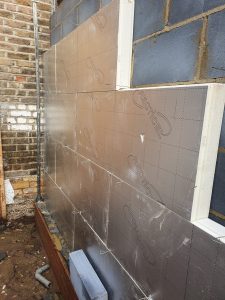Undertaking a home extension project is exciting, but before work begins, it is essential to check if planning permission is required. Most building adaptations and extensions require approval by the local planning authority. With careful research and preparations, most planning applications are successful, but refusals do occur for a variety of reasons – and often for issues that could have been anticipated.
In this article, we look at the most common reasons for planning applications to fail and offer suggestions on how to check that your own planning application will not be rejected for any of the following reasons. It is important to remember that each planning application is treated and assessed individually. It is wise to spend time in advance, familiarising yourself with local and national policies to help you avoid your planning permission being refused.
1. Non-Compliance with Planning Policy
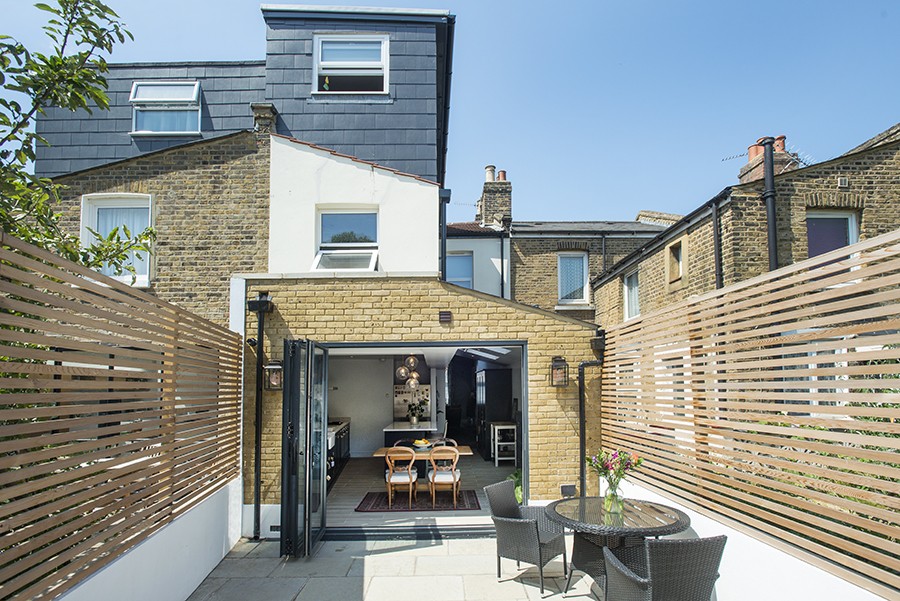
Failing to meet local or national development policies can lead to the refusal of planning permission. The British government and the local planning authority determine the planning policy in the area. Local planning authorities will also have particular development policies for their area.
These policies aim to ensure any new developments fits specified criteria and are consistent with the local planning policy. Planning authorities are likely to refuse planning permission if a proposed extension does not comply with these policies. For example:
Height restrictions
Many local planning authorities have policies that limit the height of buildings in specific areas. Authorities typically impose these limits to ensure new structures are proportionate to their surroundings and also that they do not dominate or alter the skyline.
Setback requirements
Setback requirements refer to the distance that a new building must be ‘set back’ or distanced from the street and neighbouring properties. These requirements ensure that new buildings do not infringe on the privacy of neighbouring properties and that they are not out of keeping with the character of the street.
2. Impact on the Area’s Character
Local planning authorities often have strict policies for the design and aesthetics of new buildings. These policies are to ensure new buildings are visually appealing and also that they are in keeping with the styles of surrounding architecture. Planning application for structures that disrupt the area’s architectural style may well be rejected in order to maintain the local charm.
3. Overlooking and Loss of Light & Boundaries
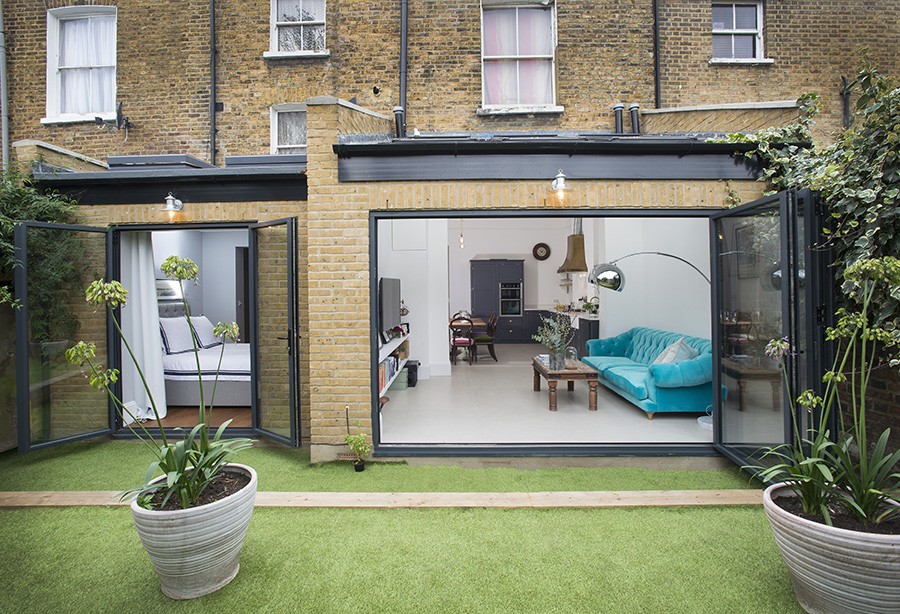
A proposed new building should comply with requirements regarding overlooking neighbouring properties and the loss of light. Overlooking neighbours can lead to a significant loss of privacy, especially when windows or balconies directly face private gardens or rooms. With regards to daylight, local authorities typically use the 45-degree Rule and Vertical Sky Component (VSC). Both of these are explained in detail in the Building Research Establishment guidelines.
Whilst the old ‘Right to Light’ and ‘Northern Lights’ rules are no longer formally used, loss of light to windows that have had uninterrupted daylight for 20 years plus can still be challenged under common law rights. The planning inspectors are primarily concerned with the overall impact that a new building or extension will have on residential neighbouring properties, particularly in relation to overshadowing, orientation and proximity.
Planning officers will also be checking that applications contain clear information about property boundaries to avoid any disputes or encroachments. If there is a lack of clarity or unclear property boundaries are given, it is more likely that the planning application will be refused.
4. Sustainability and Environmental Concerns

There is increased emphasis on the need for environmental sustainability in new developments. Planning authorities prioritise proposals that incorporate eco-friendly and renewable energy technologies such as high levels of insulation, the use of recycled materials and the installation of solar panels and heat pumps.
Buildings and extensions that fail to demonstrate a commitment to energy efficiency and do not have sustainability features and a low carbon design may be rejected as they do not comply with the National Planning Policy Framework (NPPF) which is encouraging the use of measures to help combat climate change. Many local authorities also have their own criteria regarding sustainability – and these must be met.
5. Conservation Areas, Listed Buildings & Ecological Impact

All conservation areas and listed buildings are carefully protected under UK planning law. Any plans that could affect them will come under close scrutiny. Planning applications involving a listed building must show a clear understanding of the building’s historical importance. Any proposed alterations – either inside or out- must preserve the building’s character and not negatively impact the area’s character.
As well as obtaining the standard planning permission, it will also be necessary to obtain Listed Building Consent. Planning applications are assessed using national and local heritage policies.
Building applications that could harm local wildlife or disrupt habitats, could also face rejection. This is particularly true if this concerns areas with protected species or ecosystems.
6. Parking and Traffic Issues
When planning an extension, careful consideration must also be given to parking and traffic flow. If the proposed extension is likely to cause on-street parking problems by reducing the number of available spaces, then planning permission could be refused. Likewise, if a proposed extension is going to negatively impact traffic flow, causing congestion or safety issues, planning permission may well be declined.
7. Violation of National or Regional Building Regulations
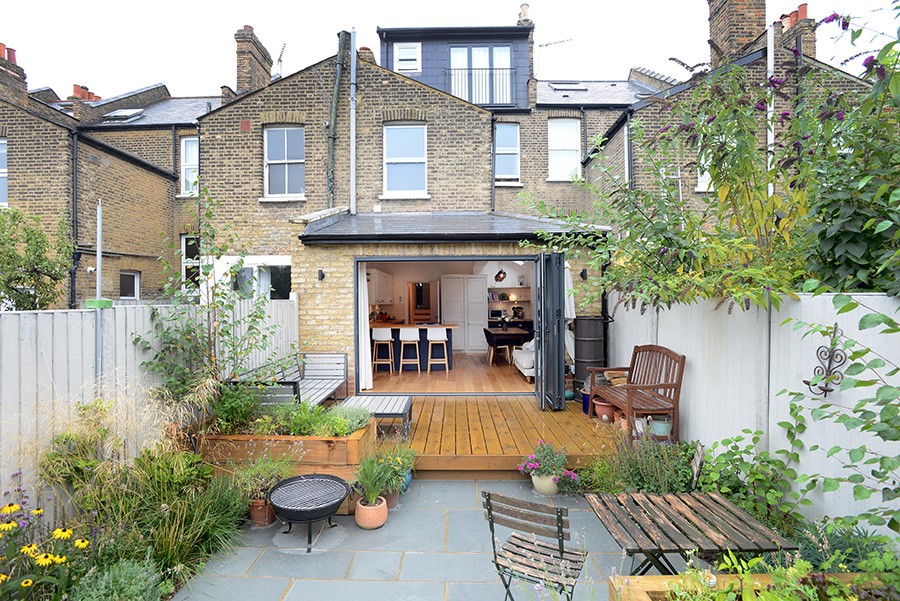
The violation of building regulations – either regional or national – can seriously impact the outcome of a planning application for an extension or roof conversion. Building regulations are designed to ensure that buildings are structurally sound and safe, plus energy efficient. If buildings are non-compliant because of such points as inadequate insulation or poor fire safety provisions, this can lead to the planning permission being declined.
Alternatively, the planning department may request amendments to be made to the application which can be costly in time delays and money. There can also be problems if previous work displays building regulations violations. It is essential when making a planning application that both past work and the proposed new work meets all building regulations.
8. Drainage and Flood Risks
If the proposed extension is likely to increase the risk of flooding or cause drainage problems, the authorities are likely to refuse planning permission. The planning permission officers will assess, for example, whether a proposed extension will increase water run-off, which could cause flooding in the area and have significant environmental consequences.
Local authorities use maps to determine which areas are at risk of flooding and if the proposed extension is in a ‘flood risk zone’, or could cause drainage problems, planning application may be rejected to reduce the risk of flooding.
9. Increased Risk of Gentrification or Displacement
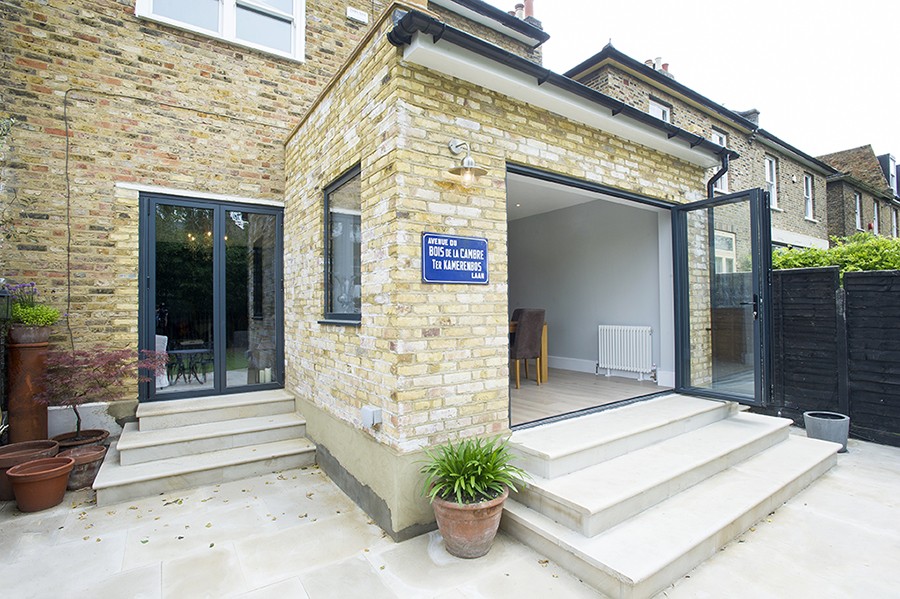
Local authorities may refuse planning permission for a loft conversion or extension if the proposed development will contribute to the gentrification or displacement of existing residents. In reality, what this means is that in areas with rising house values, any large-scale renovations could risk changing the character of the community or make housing unaffordable for other residents.
The planning officers will consider whether the proposed development of a building could potentially accelerate these changes – particularly if the building will no longer be in scale with surrounding homes or is seen to be encouraging speculative development in the area. In these cases, planning permission is refused in order to protect the character and affordability of property in the area.
10. Failure to Integrate the Development with Community Needs
When assessing a housing project, planning officers will assess whether the house conversion/ extension is aligning with the broader needs of the community. Even though the project may seem small-scale, it will need to fit in well with ‘the bigger picture’.
The criteria used to make this assessment include such things as preserving public spaces, maintaining a diversity of housing and supporting any affordable housing policy the local authorities have in place. Officers for example may look on plans for a really large extension negatively because it will have a dominant impact that will alter the character of the neighbourhood.
Best to Prepare Your Application Well
Obtaining planning permission for an extension can be a complex and certainly challenging. However, by doing some good research on local planning policy and all the relevant guidelines and working with an architect can really help your make a successful application.
Reading through the above article about the most common planning permission refusal reasons before making your application could certainly boost your chances of success. Other keys to success include making your application in good time and making sure that it is accompanied by all the relevant documentation.
If, however, your planning application is rejected, you can appeal against the decision, but it is much better to prepare your application really carefully to ensure it is successful.






